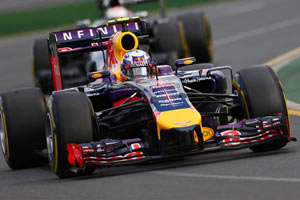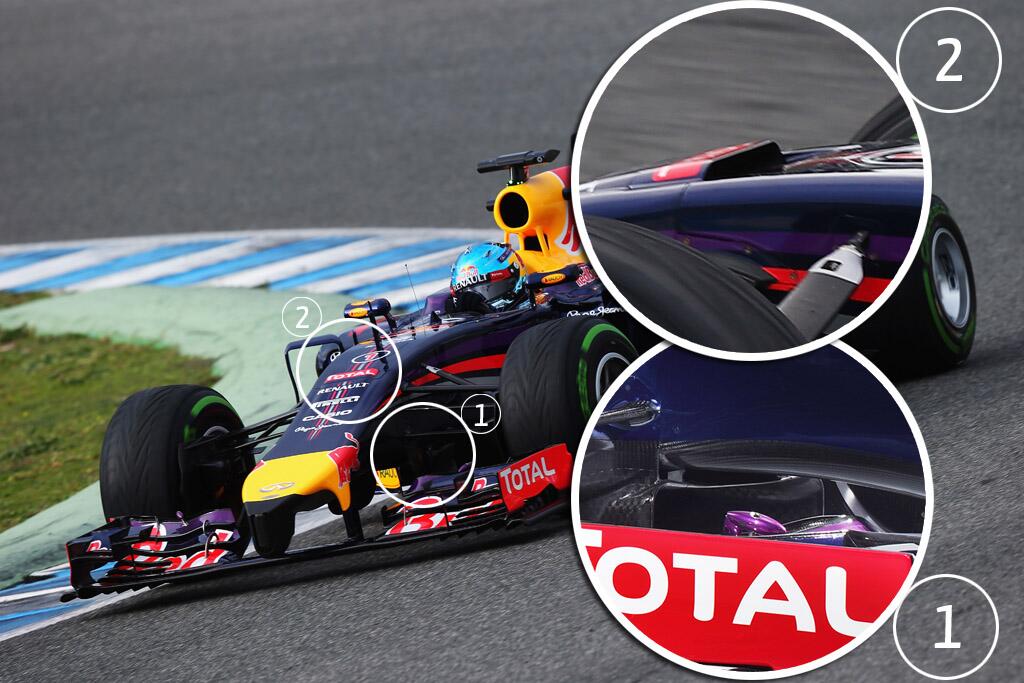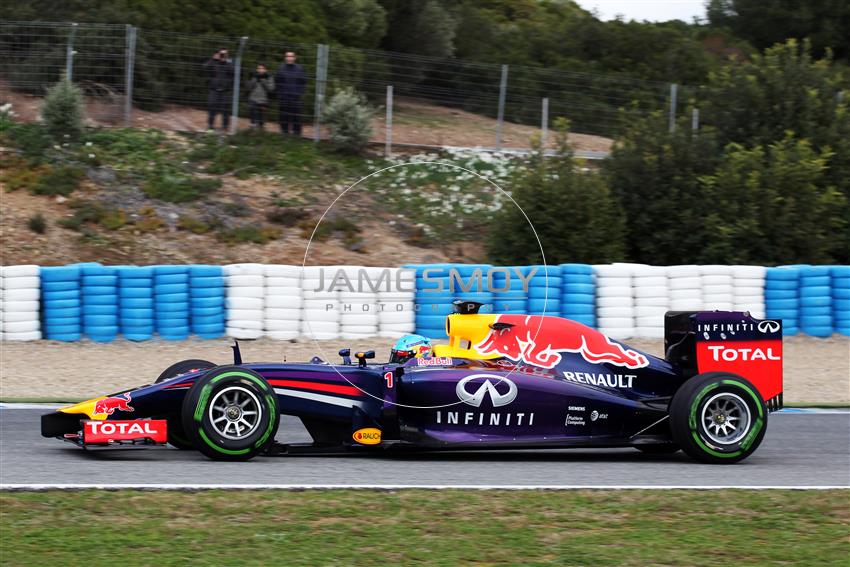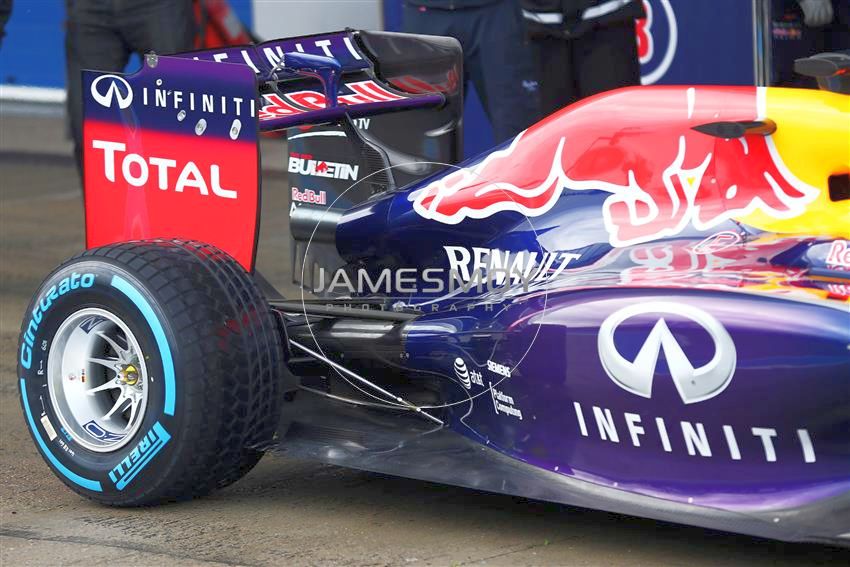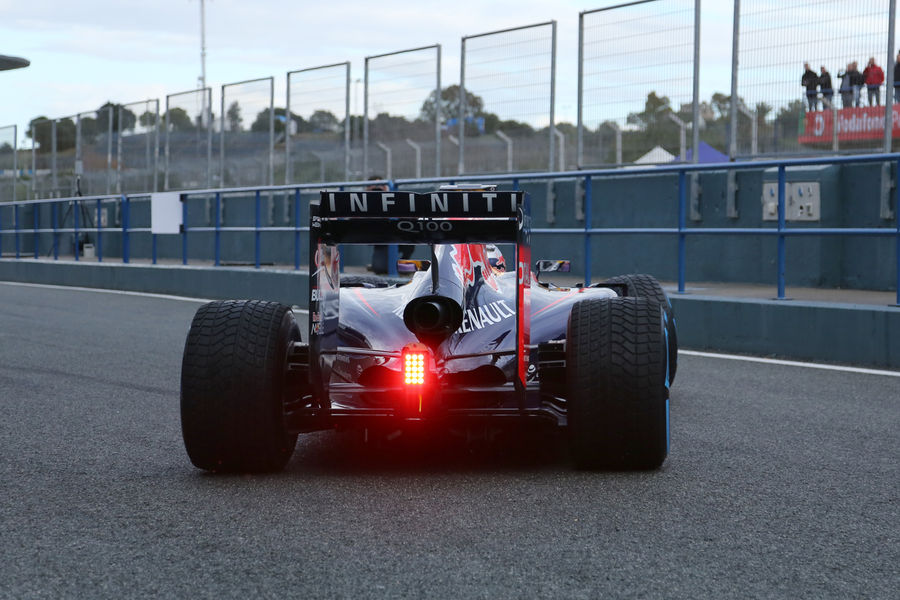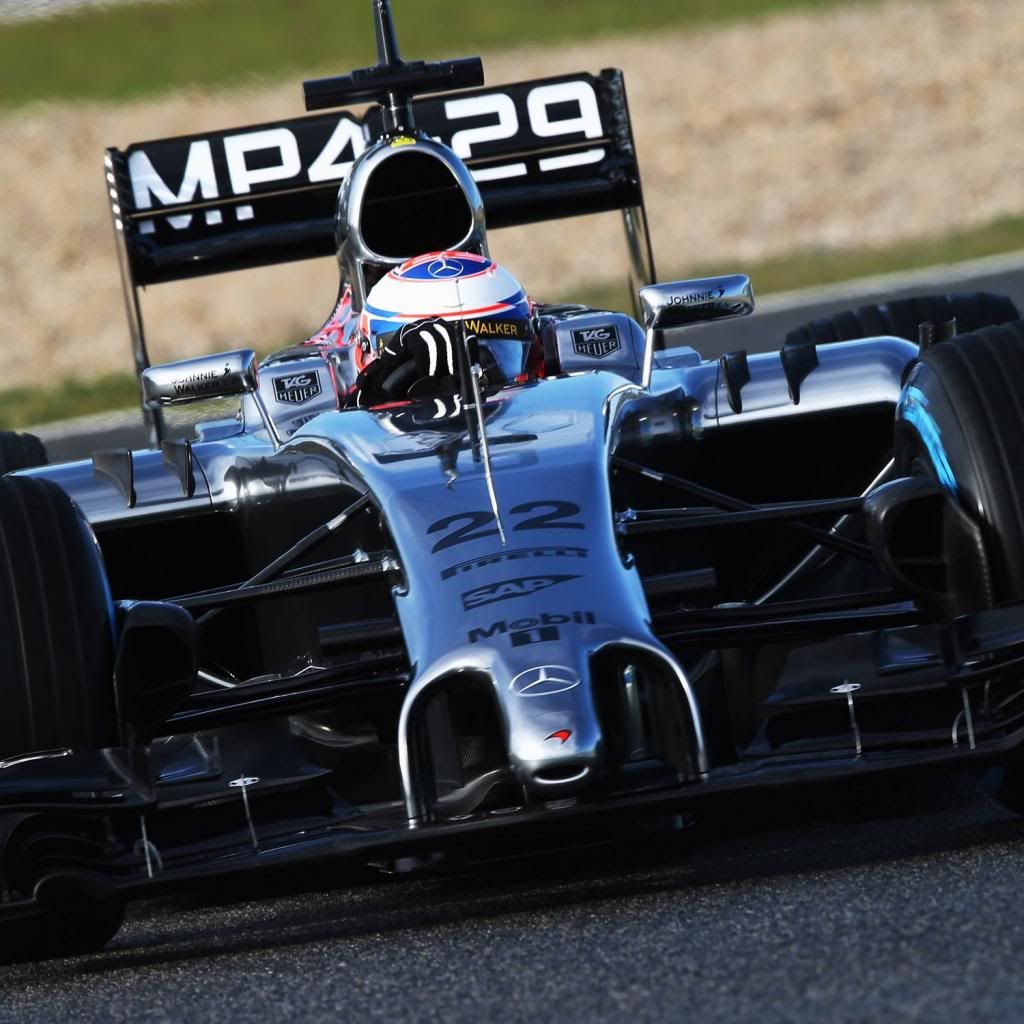My vaguest of understandings is that application of electric power is part of the engine mapping, the car will decide when to apply electric boost.rayden wrote: Wait... so no strategic use of KERS anymore?
They'd like to deploy all their allocated charge in the optimum way all around a lap, seems very tricky, they ideally have to program the car to consistently dump their limited store of electric power in all the right places. But the drivers do not hold down a KERS button for 33seconds per lap. Perhaps the mapping is designed not to attempt to consume all the power, and leave some available for the driver to apply manually. (So that big display might be handy to have).
There might be some strategic use of the MGU-H (or TERS as I prefer to call it) which is unrestricted in terms of energy collection ... but how the deployment of this charge compares to KERS ... I dunno.
The cars are allowed to deploy 4MJ from battery to KERS (160hp/33secs), but by rule can only harvest back 2MJ from KERS per lap. So the question is how much energy can TERS practically put back into the battery, or how you choose to balance using that extra TERS energy as anti-lag or store it for later use by the KERS motor. Can TERS even generate the missing 2MJ?
Go into KERS conservation mode and full recharge for one lap while following a car, to allow you to switch to full-bananas 4MJ KERS mode for the next lap and an overtake attempt.
Hmmm, anyways I figure with fuel economy being the main concern this year, strategic overtaking will likely be done with the fuel-mix switch as opposed to any KERS button.

